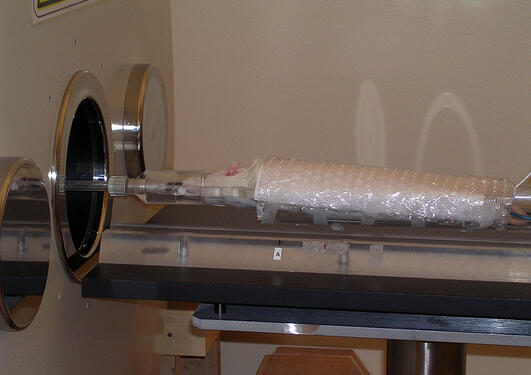Gas anestesia and safety
Gas anesthesia and safety issues
Main content
Work with gaseous anesthesia presupposes that the user has knowledge of how the equipment is used correctly. This is important for the safety of both the operator and the animals.
Related content
26.02.2025

